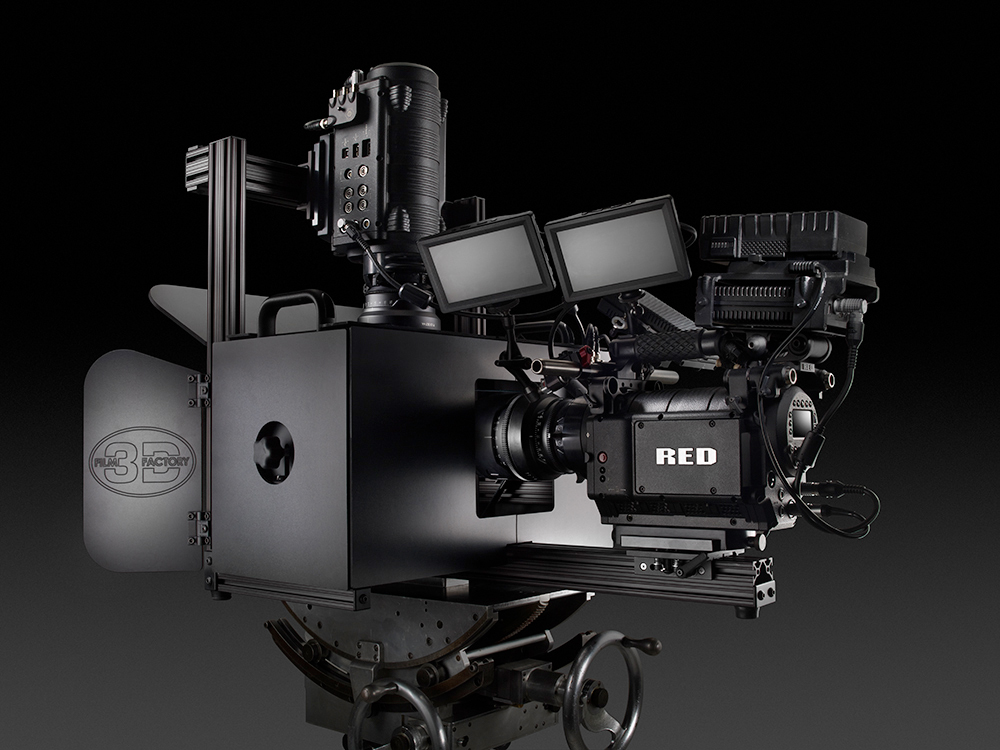This is a tetchy subject, last night i participated in a screening of Once Upon a Time… the Revolution, on 35mm film stock. The film looks fantastic and has been beautifully restored by Martin Scorsese's World Cinema Foundation. Scorsese, previously a huge proponent of shooting on film, announced his plans to abandon film stock for shooting digitally, and has not filmed on stock since 2011's Hugo. Film stock has a romantic, faded look, a beautiful cinematic look, whereas digital cinematography tends to look overly sharp, too crisp and poorely focused. WALL-E, an animated film even attempted to capture the look of film stock, with beautifully faded backgrounds. Watching film on 35mm stock has become a privilege, and most cinema's have now converted to digital projection. The cinema group of which i am a member, the cinéfac, is on the cusp of purchasing a digital projector, and i was intrigued to consider the differences between digital and film projection.
Many fillmmakers have argued that each has their place, and that while film stock cinematography might be more appropriate for Oscar winning drama's, digital film is probably more appropriate for high octane action films. This is crap. One really should note that all three Dark Knight movies were filmed on film stock and in IMAX, and that Inception and the first two transformers films were shot on film also. Additionally, the producers of the upcoming Amazing Spider-man 2 announced that the film was to be shot on film stock instead of digitally. Christopher Nolan attempted to partially shoot his 2010 film Inception digitally, but ended up abandoning the use of the digital format for film, as digital cameras were too unreliable. Michael Bay also stated that film stock was used for much of Transformer's 2's action sequences, as digital cameras strobed much of the time.
Digital film is also of inferior quality to 35mm film stock, the original Lord Of The Rings Trilogy was shot on film, and thus has a fantastic cinematographic look, and a fantastic tonal quality. Skyfall, was additionally shot on film, by legendary cinematographer Roger Deakins, and has a fantastic sepia quality. The Hobbit trilogy by comparison, despite looking fantastic, was shot digitally, and thus it lacks the soft tones and beautiful focus of the original trilogy, and the way the film is shot means that with some different editing, the film could look very similar to a music video.
There are of course some advantages to shooting digitally, the primary reason for shooting digitally would be for 3D films, The Great Gatsby, Hugo and Life of Pi were all shot digitally, and the past three years mark the first time that the best cinematography Oscar has gone for digital cinematography. 3D movies can only be filmed digitally, and it is far preferential to shoot films in 3D than to convert them (clash of the titans anyone?), so in this case i will concede, digital cinematography is far preferential to film stock in this case, because generally converted 3D movies look awful.
The other big advantage is cost, Christopher Nolan's directorial debut was filmed for a tiny budget, and is commonly referred to as a 'no-budget movie'. The actors rehearsed films extensively, so that only one or two takes would be needed, as buying the film stock was by far the most expensive part of the budget. Shooting digitally allows filmmakers to shoot for a much lower cost, and allows directors to film over redundant takes, impossible on film. Projection is also much cheaper, projecting a 35mm is expensive, it costs a lot, it is much more work and the film stock has to be shipped, which can be expensive for long films, which may be on up to six reels or more, digital films are much easier to transport, as longer films do not take up more space, and the film doesn't need to be mounted. Digital camera's are also much lighter and more manouverable, and RED EPIC cameras are particularly deft. This effect however is effectively annulled when filming in 3D, as 3D camera rigs are heavy and unweildy, and can cause many a shoulder ache.
Overall despite all the advantages of shooting and projecting digitally, there is simply nothing like 35mm film reel, watching the reels turn, marking the breaks and mounting the film, smelling the old reels and watching the beautiful flickering, faded image. That's reel cinema! (sorry)









No comments:
Post a Comment